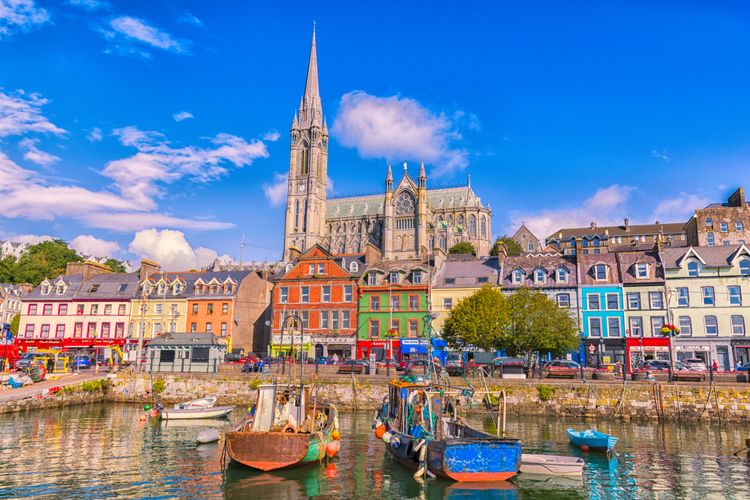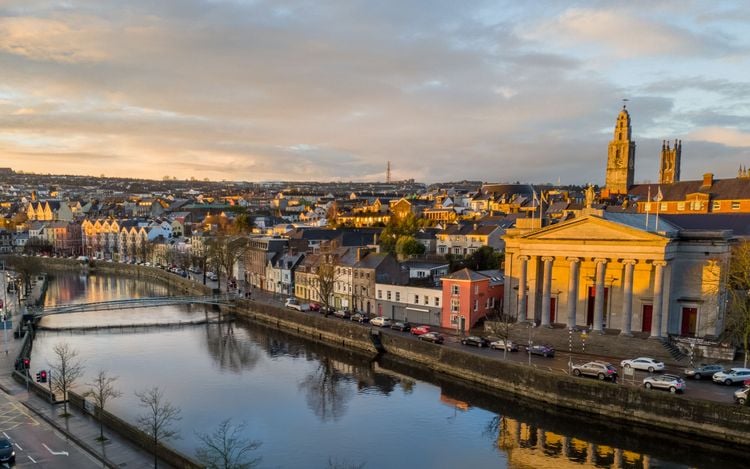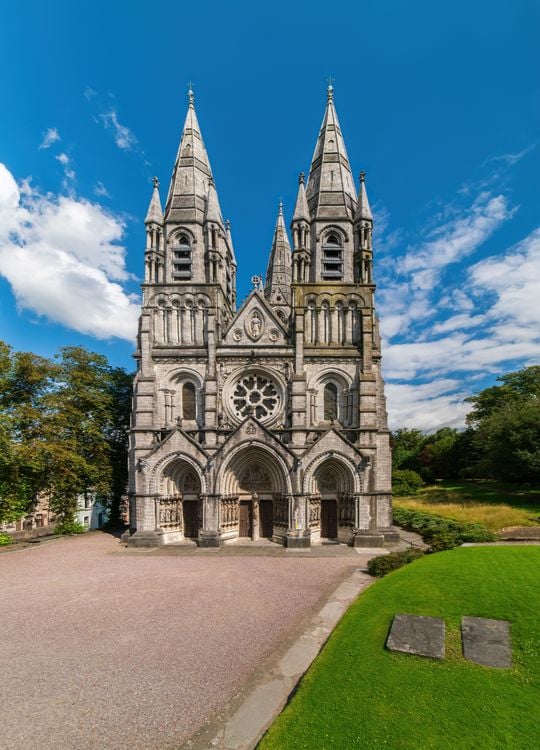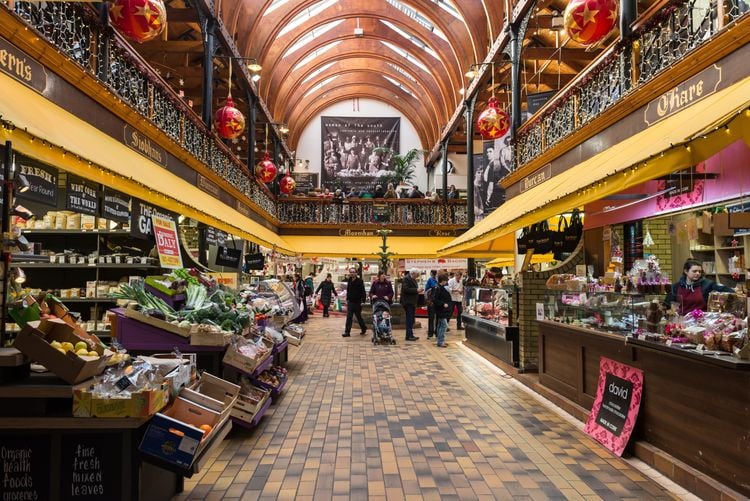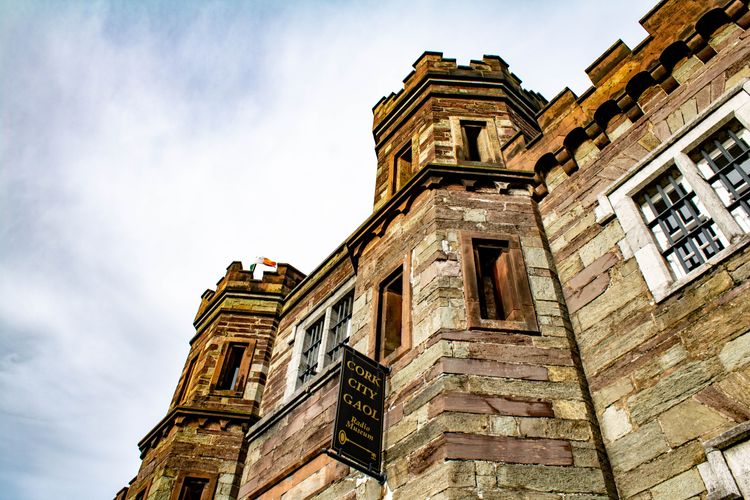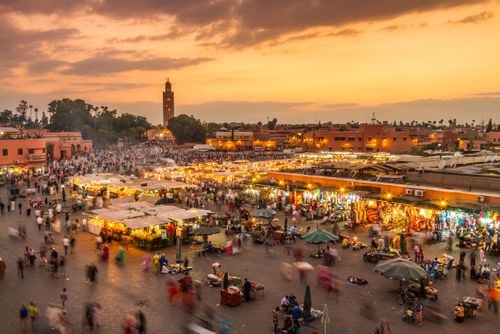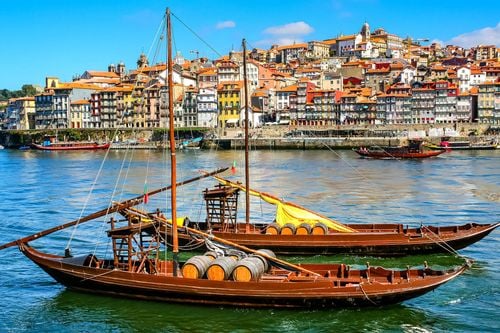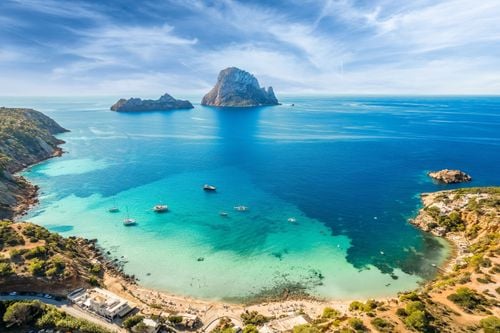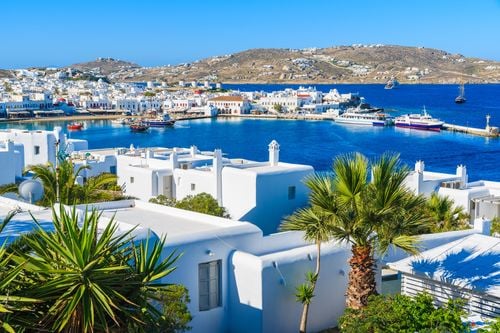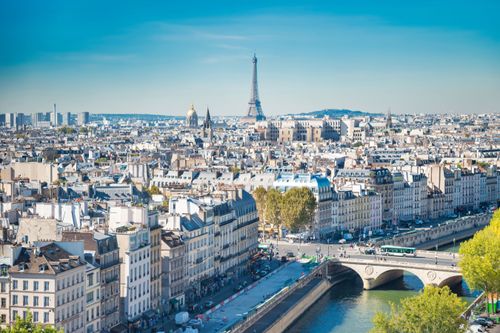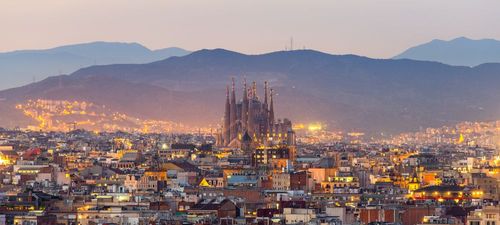Cork is a unique city in Ireland due to its distinctive journey through the various phases of Irish urban development, spanning from around 600 AD to the present day. Its origins trace back to the establishment of a monastic center in the seventh century, attributed to the revered St. Finn barr. His legacy is deeply intertwined with the spiritual identity and origins of the city and the surrounding valley. It is said that one of his earlier monasteries was situated on an island in Gougane Lake, and his influence is evident through churches bearing his name and memorials in the form of stained glass windows and statues. Throughout its history, Cork has experienced a range of transformations. It served as a Viking port and later became a prosperous walled town under the Anglo-Normans. The influx of English colonists in the sixteenth and seventeenth centuries brought further growth, while political challenges shaped the city during that era. Georgian and Victorian times witnessed significant changes, including the reclamation of marshlands, the construction of spacious streets, and the emergence of grand townhouses. The impact of the industrial revolution is reflected in the quays, docks, and warehouses. In the past century, Cork has seen the expansion of extensive suburbs and the revitalization of the inner city. The city of Cork continuously reinvents itself, shaped by the ideas and aspirations of its diverse citizens, all seeking their place in the city's life. Throughout its evolution, the River Lee has played a vital role, witnessing Cork's transformation from a monastic centre to a cosmopolitan city of the twenty-first century.
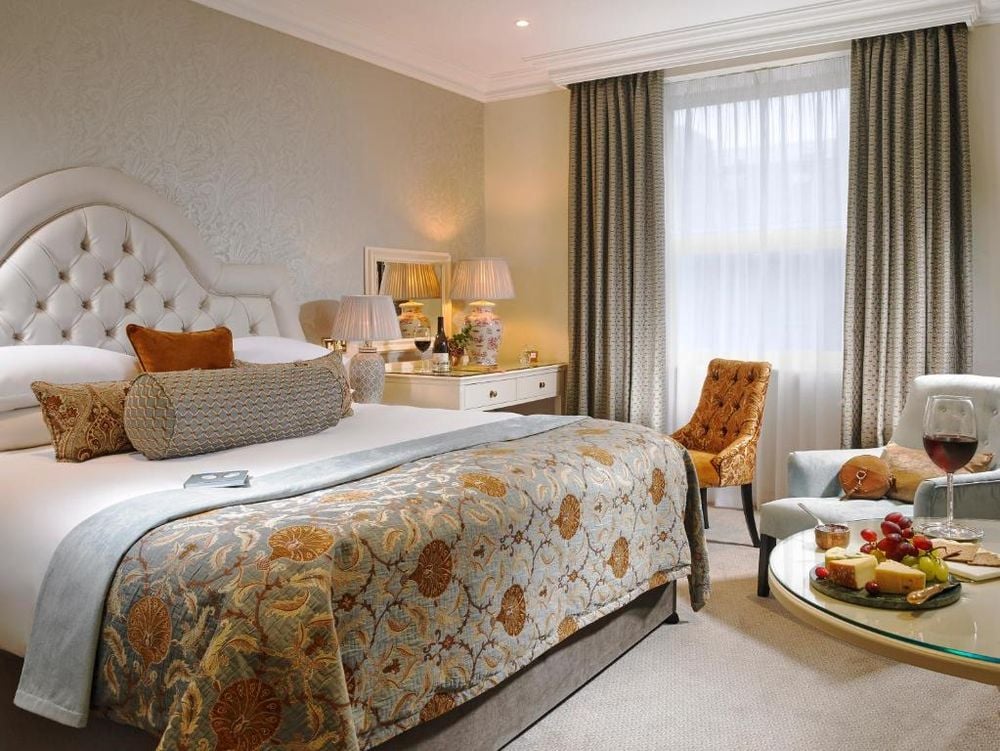 Ireland
Ireland
